Molybdenum Boride Sputtering Target Description
A Molybdenum Boride Sputtering Target is a ceramic material composed of molybdenum and boron, used in sputtering processes. This target is commonly utilized in thin film deposition and various specialized applications due to its unique properties and the combination of molybdenum and boron.
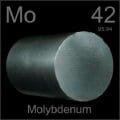 Molybdenum is a chemical element with the symbol “Mo” and an atomic number of 42. The name “molybdenum” comes from the Greek word ‘molybdos,’ meaning lead. It was first identified in 1778 by Carl Wilhelm Scheele, with the isolation of the element later achieved and announced by Peter Jacob Hjelm. Molybdenum is situated in Period 5 and Group 6 of the periodic table, classified as a d-block element. Its relative atomic mass is approximately 95.94 Daltons, with the number in parentheses indicating a margin of uncertainty.
Molybdenum is a chemical element with the symbol “Mo” and an atomic number of 42. The name “molybdenum” comes from the Greek word ‘molybdos,’ meaning lead. It was first identified in 1778 by Carl Wilhelm Scheele, with the isolation of the element later achieved and announced by Peter Jacob Hjelm. Molybdenum is situated in Period 5 and Group 6 of the periodic table, classified as a d-block element. Its relative atomic mass is approximately 95.94 Daltons, with the number in parentheses indicating a margin of uncertainty.
Related Product: Molybdenum Sputtering Target
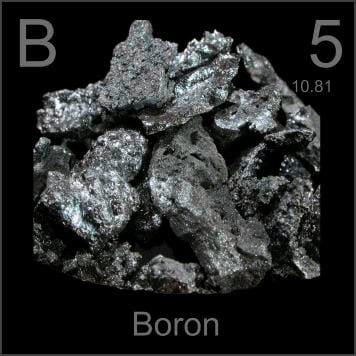 Boron, represented by the symbol “B” and atomic number 5, derives its name from the Arabic word ‘buraq,’ referring to borax. It was first identified in 1808 by scientists Louis-Joseph Gay-Lussac and Louis-Jacques Thénard, with its isolation later achieved and announced by Sir Humphry Davy. Boron is located in Period 2 and Group 13 of the periodic table, classified within the p-block elements. Its relative atomic mass is approximately 10.811 Daltons, with the number in parentheses indicating a margin of uncertainty.
Boron, represented by the symbol “B” and atomic number 5, derives its name from the Arabic word ‘buraq,’ referring to borax. It was first identified in 1808 by scientists Louis-Joseph Gay-Lussac and Louis-Jacques Thénard, with its isolation later achieved and announced by Sir Humphry Davy. Boron is located in Period 2 and Group 13 of the periodic table, classified within the p-block elements. Its relative atomic mass is approximately 10.811 Daltons, with the number in parentheses indicating a margin of uncertainty.
Molybdenum Boride Sputtering Target Specification
| Compound Formula | Mo2B5 |
| Appearance | Gray Solid |
| Density | 9.20 g/cm3 |
| Melting Point | 2,000 °C |
| Available Sizes | Dia.: 1.0″, 2.0″, 3.0″, 4.0″, 5.0″, 6.0″ Thick: 0.125″, 0.250″ |
Molybdenum Boride Sputtering Target Application
The Molybdenum Boride Sputtering Target is utilized in a variety of applications, including thin film deposition and decorative coatings. It is commonly used in the semiconductor industry, display technologies, and the production of LEDs and photovoltaic devices. Additionally, this material plays a significant role in functional coatings, the optical information storage industry, glass coating applications for automotive and architectural glass, and optical communication technologies.
Molybdenum Boride Sputtering Target Packing
Our Molybdenum Boride Sputtering Targets are carefully tagged and labeled on the exterior to facilitate easy identification and maintain stringent quality control. We take great care in handling these targets to prevent any potential damage during storage and transportation, ensuring they arrive in excellent condition.

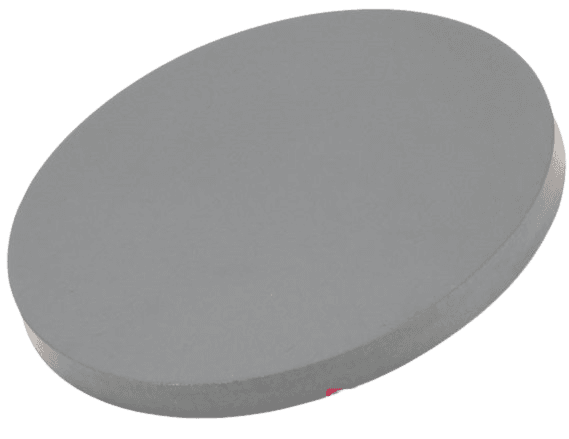
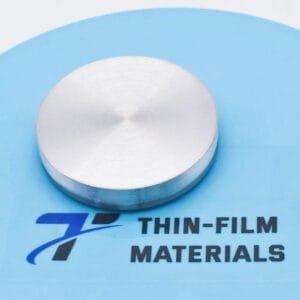
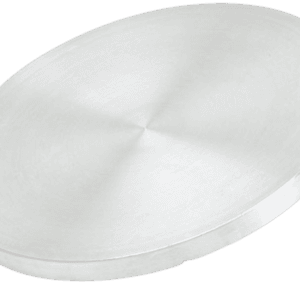
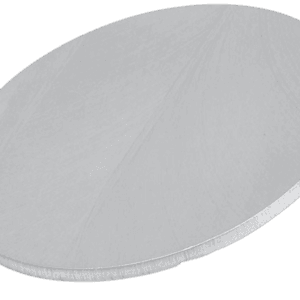
Reviews
There are no reviews yet.